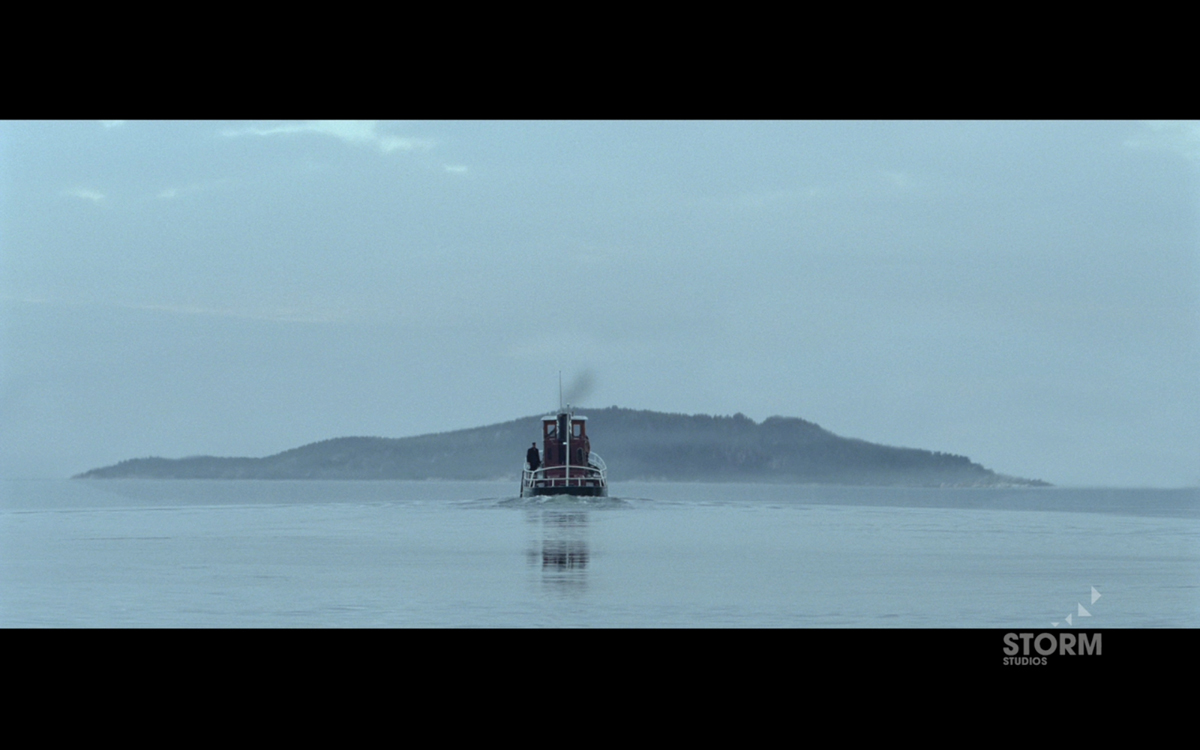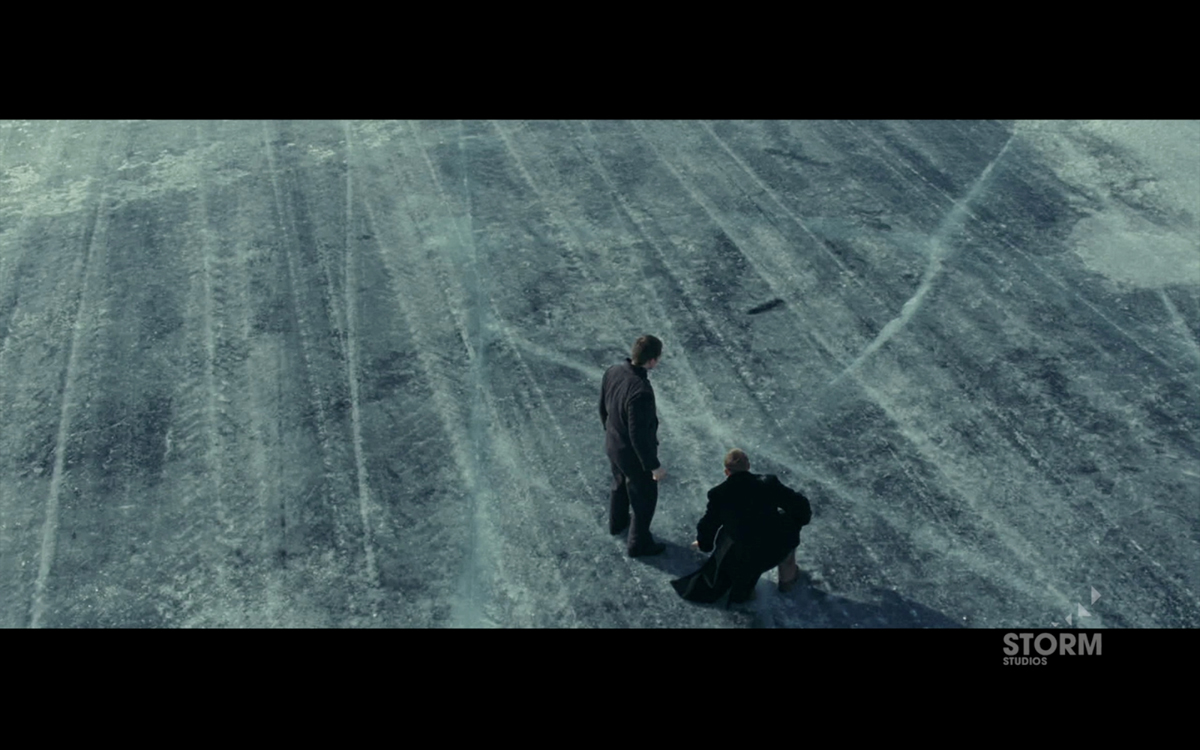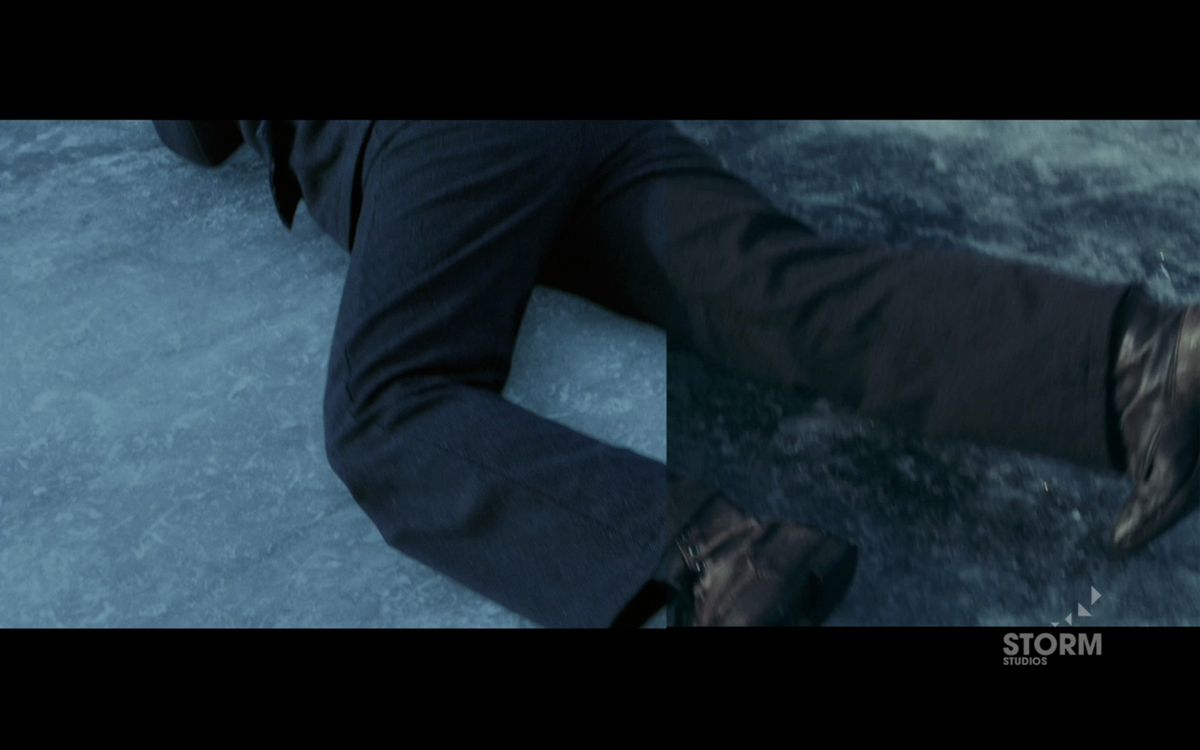Otto Thorbjørnsen joined Storm Studios in 2005. He worked on films like DEAD SNOW and THE TROLL HUNTER.
What is your background?
I got into VFX because of my love for film as a kid. I used to make stop motion lego, cartoons and I would direct sci-fi with my friends in them with my family´s super8 camera. We would make these toilet roll laser guns, and I would sit and hand draw laser beams onto the print once I got it back from the lab. From there, and to an actual career in VFX, I had some detours, but eventually I started doing web, motion graphics and photo retouching.
Then I picked up an early copy of Fusion and got into compositing, went to Shake, and I moved over to Nuke in 2008. I have been working at Storm Studios since 2005.
Because the Norwegian VFX industry is still young we have had to learn as we have gone along. This has given me the opportunity to get deeply involved in exciting projects, work with a lot of talented people and learn from my experiences.
How did Storm Studios got involved on this show?
We had worked on a couple of other shows with 4 1/2, the production company, and so they approached us with an early version of the script. We then did a couple of commercials with the director Marius Holst and DP John Andreas Andersen, just to see how we would all get along.
The director had not done a lot of visual effects before, so this was also training ground for him, getting to know the possibilities and boundaries. The cooperation was successful, and so we went into preproduction of KING OF DEVIL´S ISLAND (KODI).
How was the collaboration with director Marius Holst?
The collaboration with Marius Holst was a really good one. He is a great filmmaker with an amazing ability to connect with his actors. Most of the cast were young boys with no prior acting experience, they had all been cast as authentic. Marius Holst managed to convey that authenticity onto the screen, they felt real.
What was his approach about the VFX?
He was very humble. Coming into this with the intent to learn more and to use visual effects as a storytelling tool. This was never supposed to be a big effects film, but visual effects was crucial in telling the story. The climactic point of the movie relied heavily on VFX that would blend in seamlessly in order for the audience not to be taken out of the movie. If we lost them in the last 10 minutes, all would be lost. This was the directors main concern, and the point he emphasized.
How did you create the wide shots of the island?
The wide shots of the island were just modifications of the existing plate. Basically just shaping it to resemble the actual shape of Bastøy, which is the Island the movie is based on. They shot the arrival to the island during winter, and we had to make it look more like fall. The matte-painting was all done in Nuke.
 |
 |
Can you tell us more about the shot in which Braathen is hit in the face?
The stunt coordinator, Kimmo Rajala came up with the idea of putting up a 2×4 in front of Braathens face, paint it blue, and remove it in post. That way the guy hitting him could put some muscle into it and make it look more authentic.
What have you done on the fire farm?
To keep costs low, and spend production money wisely, they only built 1/3 of the barn, and we would extend the rest. For the interiors we shot with flame bars, and added the burning debris in post.
We shot the elements in our parking lot during lunch. Budgets are generally too small for VFX, so we strive to come up with inexpensive ways to get what we need. You get a long way with a 5D and some black molton.
The day of the fire, SFX rigged the barn with pyro, and the whole thing burned to the ground in 4 minutes. The footage that we got out of it looked spectacular, and we built the missing pieces of the fire with a mix of shot elements and just offsetting the plate. Morten Moen did the comps on all the fire shots, both interior and exterior.
 |
 |
Can you tell us more about the big war ship coming out of the fog?
This movie had quite a big budget in scandinavian terms, but that didn’t rub off on the effects budget. From a war movie we had done a couple of years earlier, I learned not to overdo levels of detail unless absolutely necessary.
The brief was that the shot was going to be a large military vessel coming ghostlike and menacing out of the fog, to end the rebellion and restore order to the Island.
What the camera can´t see is money wasted, so we constructed this scene with the philosophy of not spending more money on CG than what was actually visible. So CG supervisor Henrik Karlsson, built a fairly low detail model of the ship.
We began with animation and timing, and got that approved, then started figuring out how much we would see of the actual ship, and how thick the fog would be. The idea was to model fine detail where it was needed and not spend too much time UV mapping, shading and texturing an entire ship. We rendered out one AO hi-res angle of the boat and handed it to Nikolai Lockertsen, Head of the Art department, and he would paint the rest and we would project it back on to the ship.
The plate was just the two actors shot on green-screen back in Norway, while the shots leading up to it and in the middle were shot on location in Kalvi, Estonia. Matte-painter Stig Saxegaard, made the backdrop with stills from Estonia and Norway and painted in fog and water. With this matte-paint, all we would do was utilize depth passes for the ship and start to layer fog on top and see how much detail we needed to add in the model and what could be painting. This kind of buildup made the shot possible, because we managed to keep costs low and still come up with an impressive shot. Samuel Karlsson, Lead Compositor on KODI did an amazing job of pulling all the elements together.
 |
 |
How did you created the digi-doubles?
The soldiers on the boat were needed to add a sense of scale and believability to the ship. We already had some footage of soldiers shot on green that was used in earlier project. We discussed it and found that we needed some more specific action from the soldiers in this scene. A colleague and I went to a nearby parking lot that had a tall shipping container where I put on a beret and climbed on top. The day was overcast and so shooting from the ground pointing upwards gave us the right angle for the ship and an easy lumakey. This gave us the elements needed in no time, and within half an hour we could feed it into the comp to see if it worked. If not, we could always just run outside and shoot some more.
How was filmed the sequence with Erling and Olav escaping on the ice?
The great escape was filmed over a long period of time due to bad weather in Estonia. The temperature dropped just when they were to shoot these scenes. The ice started melting, and they ended up with having to move parts of the shoot to Norway.
The same issues arose back in Norway, and finding solid ice was not easy. We ended up going to a water in the mountains in the middle of Norway, to have a one day shoot with a small crew. On the way up snow set in and covered the ice completely, so a team of locals spent all night plowing the ice so we could shoot the next day.
That left us with a small area of cleared ice that had wheel- and scrape-marks. For shots where the camera was low or parallel to the ground, we could use most of the footage with minor adjustments, but for crane-shots and some shots angled from above, we had to replace everything. Since the whole sequence consisted of footage from Estonia, Norway and shots on green from the studio back-lot, the biggest challenge was getting it all to blend together seamlessly. There were also a big variation in some shots that had direct sunlight while others were freezing cold. Getting skin-tones to match from shot to shot was one thing, but the ice needed extensive work in order to have continuity. The director wanted it to feel as if they were out in the middle of nowhere, that we had gone so far out that we could´t see land. This helped us in our backgrounds, but also meant that we had to haze out or remove mountains/land from a lot of shots. The number of ice-shots in need of work was 50.
 |
 |
How did you create the ice breaks?
At the different locations, I shoot a great number of reference pictures of ice in all shapes and sizes.
We ended up using matte-painted ice and cracks, and animated reveals of the cracks in comp.
The ice cracking animation was done by Morten Jacobsen, and he set up 3 different animations that we reused at different places. We needed some cracking ice particles for the crane shot looking down on the two boys, but we were in desperate need to come up with a way to save time and money from the budget. So I grabbed a flower pot, put some soil on a white tabletop, set the 5D at a 90 degree angle and started shooting passes of dirt that i threw into frame. We then graded it and scaled it down to fit in with the cracking ice. This was a quick and dirty trick, but it worked and saved us time and money.
 |
 |
Can you tell us more about the shots in which Olav is trying to rescue Erling in the water?
They were shot on the studio backlot in Oslo, in a container filled with water. SFX had dressed with paraffin wax, that would serve as an icy surface, but we ended up replacing most of it in post, because it just didn’t blend well with the rest of the ice. After shooting for a while, the wax started to break off into really small pieces, that were floating around in the water. This took a lot of time to clean up, and we were only working on it until it became less noticeable.
Have you created new tools for the ice or the snow?
Early on in production our Effects TD Magnus Petterson set up an ice cracking system in Houdini. It would fracture where we would put « pressure points » and we could define how many branches it would make, how far it would go and how deep.
The initial script had lots more cracking ice than what actually made it in the film, and so we ended up not using it because of time constraints. We chose to go with the animated Nuke projected system instead, mostly because of the instant feedback it gave us.
What was the biggest challenge on this project and how did you achieve it?
The biggest challenge was getting it all done on time, to a high level of quality and within budget. I think the key was to know your team, play to their strengths and give creative freedom.
Besides the VFX, I worked closely with sound designer Tormod Ringens on this movie. We would meet with the director in the editing suite and figure out the best way to tell the story.
Which shots needed visuals and what could be told with sound. I also worked closely with Colorist Julien Alary, because some of the shots got finalized in the last days of grading.
 |
 |
Was there a shot or a sequence that prevented you from sleep?
The pressure was on with the ice sequence, and so that kept me up at night, racking my brain trying to find ways to get as many shots inside the budget without compromising on quality.
What do you keep from this experience?
Working with a great team, both on location while shooting, and back at Storm studios on the shots, was a great experience. I also learned that a bit of resourcefulness and some good old camerawork can save on time and money. We don´t have to go CG all the time.
All in all the whole show was a great collaborative effort between different departments that gave it their all, because they all believed in the project and have great respect for Marius Holst.
How long have you worked on this film?
From preproduction to release took a year and a half. But I only worked full time on the project 6 months. Marius Holst had worked on this film on and off for 10 years, so my contribution is fairly short in comparison.
How many shots have you done?
Actual comp work on my part was limited, as supervision took up most of the time. But I did shot design on a lot of the shots. Setting up slap comps and post-viz that could be handed over as reference for the comp team. All in all we did around 70-80 effects shots, and the total for the movie with online tweaks and fixes ran to around 180.
Not a massive number compared to other movies, but a big challenge on a tight budget. The biggest compliment we get is when people find out there were that many shots in the movie, because they thought it was mostly done in-camera.
VFX producer Camilla Fossen and myself also got an Amanda nomination for the VFX. This is Norway´s oscar night if you will, but we lost to TROLLHUNTER, which is another great movie that we worked on, so it felt like a victory just the same.
What was the size of your team?
The team consisted of 10 people on and off throughout the course of the project.
What is your next project?
Currently we are working on KONTIKI, a movie about Thor Heyerdahl´s expedition to prove migrational theories. A great challenge because most of the movie takes place on a raft.
We are hard at work on digimattes of New York and water sims for the raft. KONTIKI is to be released the fall of 2012.
What are the four movies that gave you the passion for cinema?
RETURN OF THE JEDI, E.T., BLADE RUNNER and AMADEUS.
A big thanks for your time.
// WANT TO KNOW MORE?
– Storm Studios: Dedicated Page about KING OF DEVIL´S ISLAND on Storm Studios website.
// KING OF DEVIL´S ISLAND – VFX BREAKDOWN – STORM STUDIOS
© Vincent Frei – The Art of VFX – 2011









